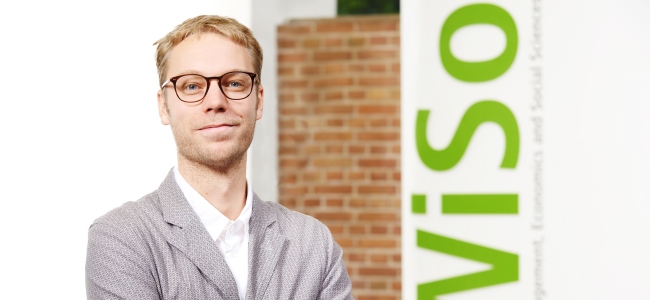One neighbors cranks up the music in the middle of the night, another one keeps blocking the driveway with his car. In cities, not a day passes without neighborhood conflicts. The sociologists Merlin Schaeffer (Department for Sociology and Social Sciences, University of Cologne) and Joscha Legewie (Yale University) found out that cities with a high degree of ethnic segregation also exhibit more conflicts – particularly where the boundaries between two homogenous groups are not clearly defined. They came to this conclusion after analyzing 4.7 million neighborhood complaints lodged in New York City. Their study appeared in the American Journal of Sociology on 12 July 2016.
Example New York City: High Segregation
With the decision to use New York for their study, the two scientists selected a city with a comparably high degree of segregation. For example, there are areas with a white population surrounded by blocks of houses with black residents. Neighborhood conflicts occur particularly often where the boundary between two groups is not clearly defined. Complaints are approximately 26 percent higher there than in areas with clear boundaries between groups or in homogenous areas with no boundaries. They believe that segregation fosters ethnic or racial group identities, and hence territorial claims. That is why “fuzzy” boundaries lead to conflicts.
More conflicts in cites with a high degree of ethnic segregation
“In cities where different groups mix, this phenomenon is quite rare,” says Schaeffler. “Segregation creates the precondition for boundary conflicts.” In international comparison, Germany exhibits a rather low degree of segregation.
Schaeffler and Legewie defined boundaries between neighborhoods using so called edge-detection algorithms. These kinds of algorithms are also used in the development of driverless cars to detect the edges of objects. With the help of these algorithms, Schaeffler and Legewie analyzed the population data of New York City, making the boundaries between ethnically homogenous neighborhoods visible. This allowed them to identify where boundaries between ethnic groups were clearly defined and where they were fuzzy.
Complaints at 311 hotline
Schaeffler and his colleague came to their conclusions by analyzing telephone complaints lodged under 311, the central hotline for the complaints of citizens. They analyzed the data of 4.7 telephone calls in the year 2010. The most common complaints were about blocked driveways, drinking in public, loud noise and the illegal subletting of apartments. Explicitly excluded from the analysis were complaints about matters that could not be traced back to individual behavior, such as noise from construction work or restaurants.
Big Data as source for sociologists
“Increasingly, we are seeing debates in society about the risks and potentials of ‘big data’,” Schaeffler argues. “But this analysis of millions of complaints is an example of how sociologists can gain valuable insights into the preconditions of peaceful coexistence in complex, ethnically mixed societies.”
Link to the original publication:
http://www.journals.uchicago.edu/doi/abs/10.1086/686942
Alternatively:
http://jlegewie.com/files/Legewie-Schaeffer-2016-ContestedBoundaries.pdf
Connection between Ethnoracial Diversity and Neighbourhood Conflict
